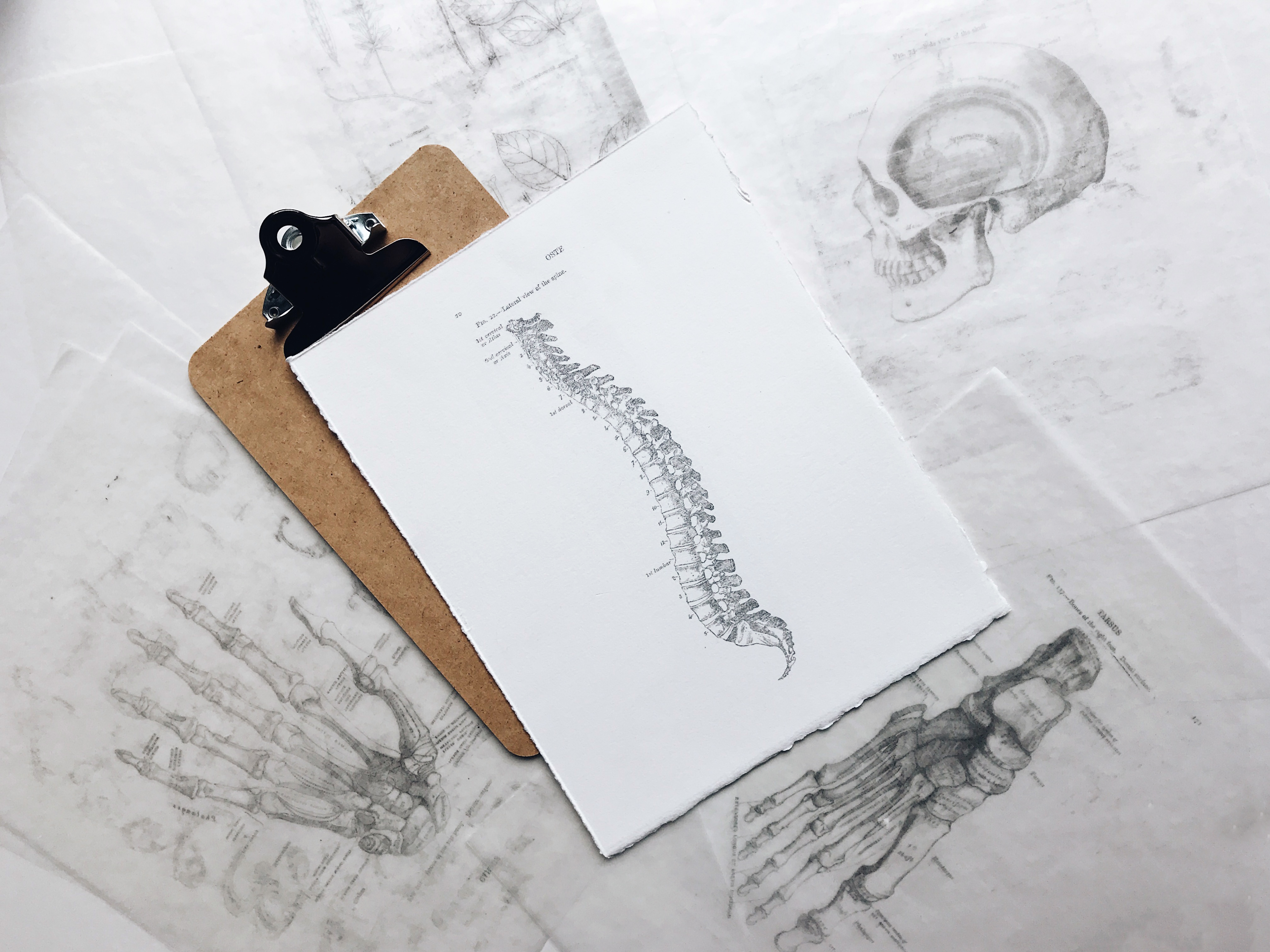~ By Coach Lindsay Leigh
A neutral spine refers to the ideal spinal position we should all try to maintain in our everyday movements, and this ideal position varies from person to person. Being able to maintain a neutral spine is a key part of keeping your back healthy, whether you’re an athlete or a desk jockey.
Movement of the Spine
First, let’s review the parts of the spine. The lower back is composed of the lumbar spine and should have a slight arch. This section of the back is meant to handle heavy loads and has limited mobility. Core strengthening helps prevent this region from moving significantly.
The mid back is composed of the thoracic spine, which should be slightly rounded. It is able to flex, extend and twist with a much larger range of motion than the lower back.
The neck or cervical spine is the area with the greatest mobility and should be extended lightly or arched.
Given the intended range of motion for the spine, we can understand how some of our daily habits help or hinder proper movement.
Most people spend a good portion of their day seated, crouched over a computer, which can make our ability to maintain a neutral spine more challenging, but it’s something you can learn and train your body to do.
It’s important to maintain this neutral spine to handle stress and heavy loads, even with everyday movements like picking something off the ground or carrying groceries, or performing a max deadlift if you’re an athlete.
How to Find Your Neutral Spine
Knowing how to maintain a neutral spine reduces wear and tear on your back, and helps you perform simple to more extreme movements with less risk of pain or injury. You shouldn’t lift weights, especially heavy weights, if you can’t maintain a neutral spine.
To find your neutral spine, I recommend coming onto hands and knees in the quadriped position, or what is called tabletop position in yoga. This video provides an overview of how to find this position:
From there, do some cat poses (arching your back) and cow poses (rounding your back). This Yoga with Adrienne video shows you the class cat-cow pose:
Move between full extension and flexion for several reps of cat-cow, then find a position between the two extremes that feels like neutral and where you feel strong and stable. Engage your core here.
Once you get the feel of that position, you can move on to practice maintaining your neutral spine in various positions, such as lying on the floor doing ab strengthening, performing planks, standing with arms reaching overhead, bent over, and so on.
You can also work on finding a neutral spine with a dowel or broomstick. During our No Limits Team Meeting on Strength Training Fundamentals, we provided a tutorial on this process. You can view a clip of that here:
Once you are able to maintain your neutral spine in various positions, you are ready to load weight, but use a mirror to consistently check your form or work with a personal trainer.
The time you take to work on this is well worth it. A neutral spine is integral to injury prevention, and a fundamental starting point for your movement in strength, swim, bike, run – and life!
If you are looking with more assistance with your form, we offer Zoom-based personal training sessions. Work with our strength coaches, right from the safety and convenience of your home. You don’t need fancy equipment! We can give you an effective workout no matter what equipment you do or don’t have!
If you’d like more information about our one-to-one coaching, you can learn more by clicking here!

